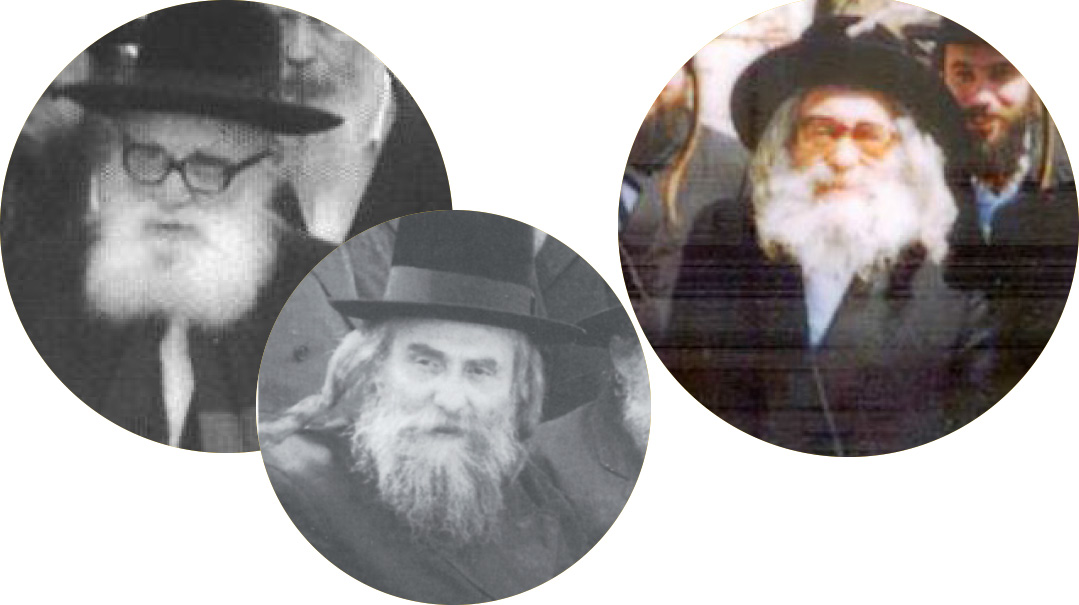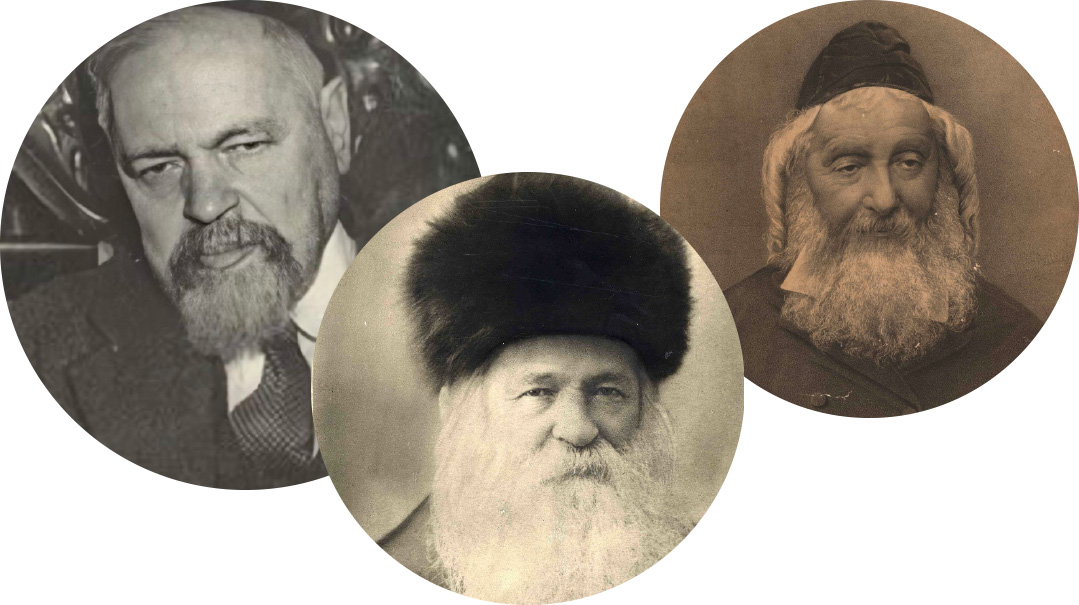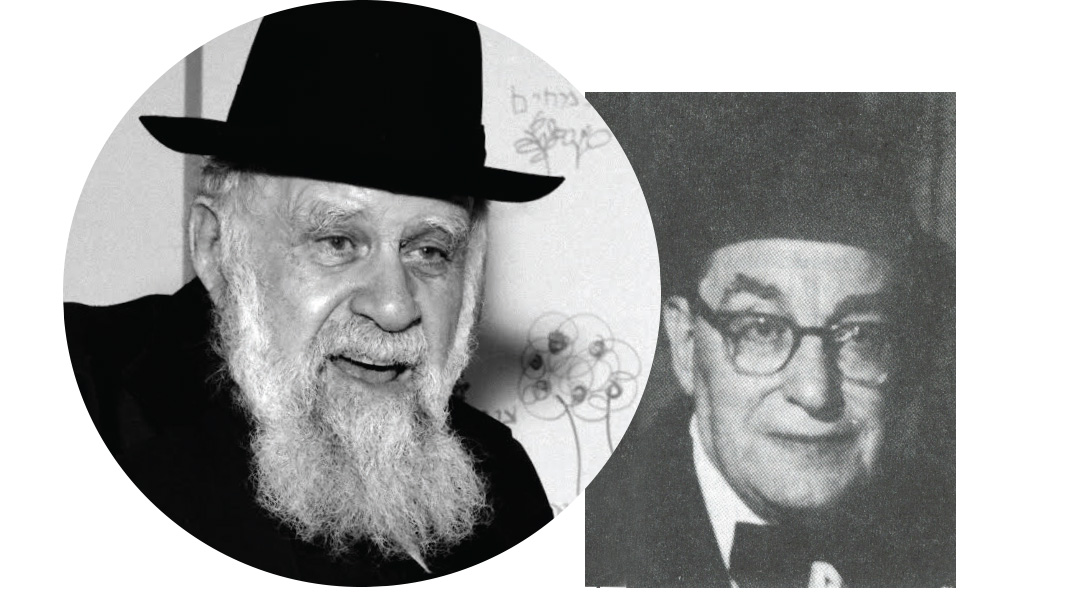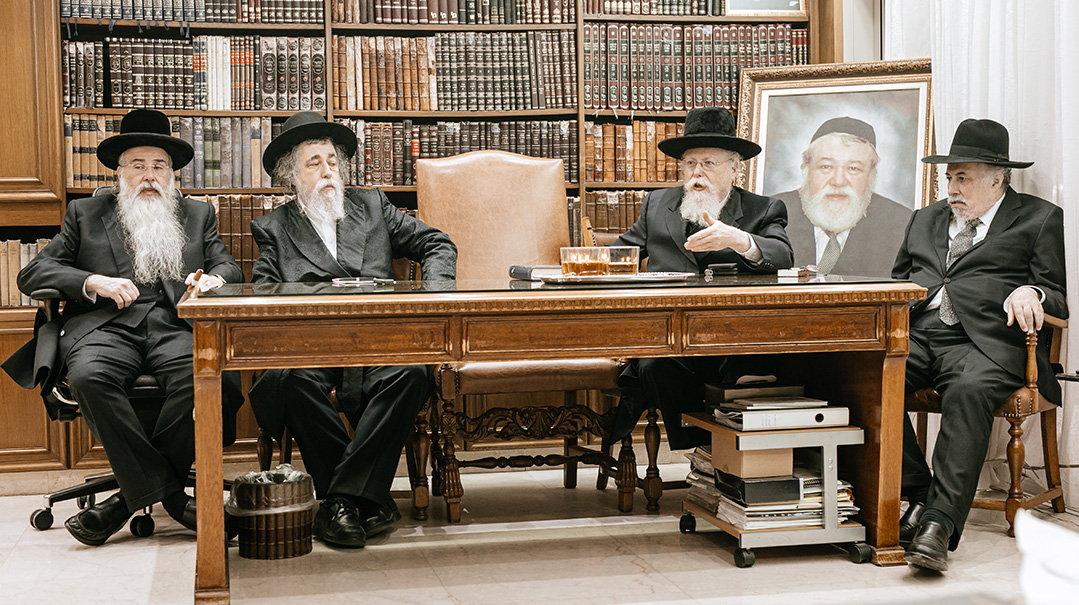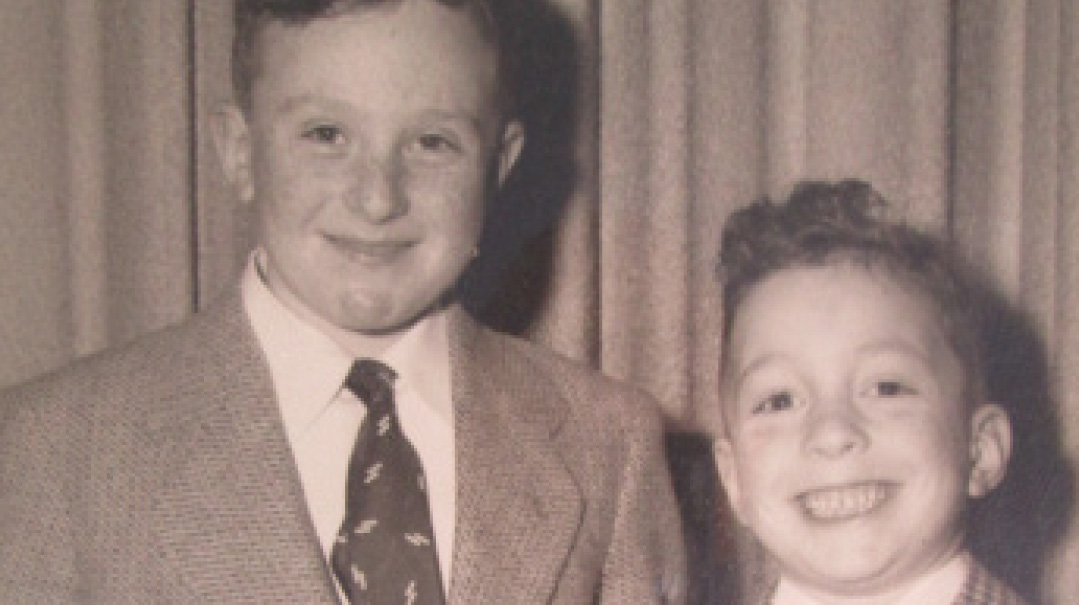No Better Time

Today, with over a million users, Shimon and Rubin Kolyakov still don’t take the credit for TorahAnytime — they just followed the path Hashem paved
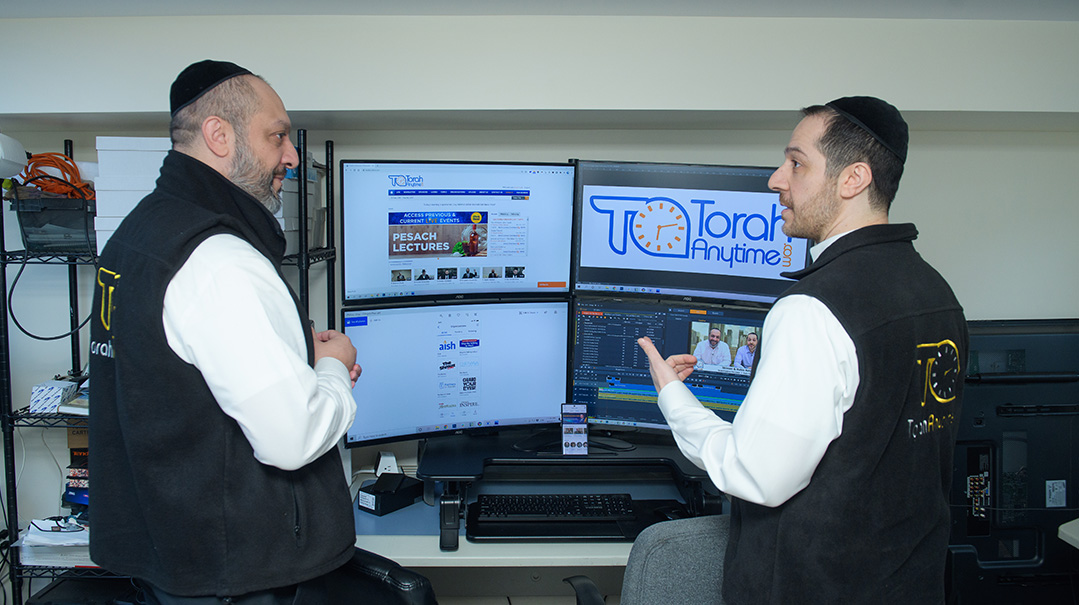
Photos: Naftoli Goldgrab
When Shimon and Rubin Kolyakov first put up their website of Torah shiurim in 2006, they considered 50 hits a success — that meant 50 more people listening to a Torah class. Today, with over a million users, they still don’t take the credit for TorahAnytime — they just followed the path Hashem paved
Shimon Kolyakov is, by his own admission, a man obsessed. And that turns out to be a particularly good thing for Klal Yisrael. Because, as a child of Bukharian immigrants growing up in Queens, New York, once Shimon became drawn to Torah as a teenager, he became obsessed with sharing his newfound wealth. Together with his younger brother Rubin, who followed enthusiastically in his wake, he began videoing and sharing shiurim, taking advantage of the swiftly advancing development of the Internet and following new breakthroughs in photographic technology.
Their efforts ultimately morphed into TorahAnytime.com, the largest library of originally recorded Torah videos in the world.
In fact, the massive global resource we all know started with a mini-DV camera and a driven and inspired teenager.
In 1979, when Shimon was two years old and Rubin not yet born, the Kolyakov family, coming from Tashkent, Uzbekistan, fled Communism for America and settled in Queens, New York’s Bukharian community. The Kolyakov family’s roots boasted a steadfast line of deeply religious ancestors, but Communism had obliterated religion from two generations of Jews, leaving them unlearned, uneducated, and practically disconnected from Yiddishkeit.
Shimon recalls the highlight of his school week: The Queens branch of JEP pulled the Jewish kids out of their public school classrooms once a week for an hour, and Shimon recalls a defining incident that got his parents’ attention and eventually spurred them to switch him out of public school.
Though his parents were not religious, like most immigrant Bukharian Jews, they had a strong Jewish identity. As a third grader, Shimon’s public school held a small sale as part of a student fundraising project. “I wanted to buy something for my mom and saw a small necklace with a pendant,” Shimon remembers. “The shape looked familiar so I figured it must be something that was in style.”
He bought the necklace and proudly presented it to his mother. “I gave it to her, and she didn’t say anything, but she gave me a strange look and an awkward smile.” The Kolyakovs might have been unaware of halachah, but they knew well enough that Jews don’t wear crosses. This wake-up call, combined with the efforts of JEP volunteers and Shimon’s only religious relative, his uncle Baruch, spurred the first switch. Shimon’s parents transferred him to Yeshiva Institute in Queens, now called Yeshiva Primary, which is still active and thriving — and Shimon remains closely tied and grateful to the yeshivah and to Rabbi Zalman Deutscher, its dynamic principal. “I loved it there,” he says. “I was a kid, I wasn’t holding anywhere yet, but the seeds were planted.”
Oops! We could not locate your form.

